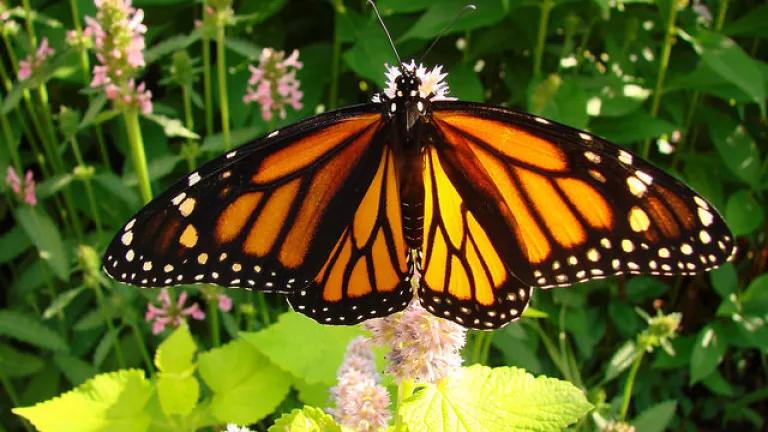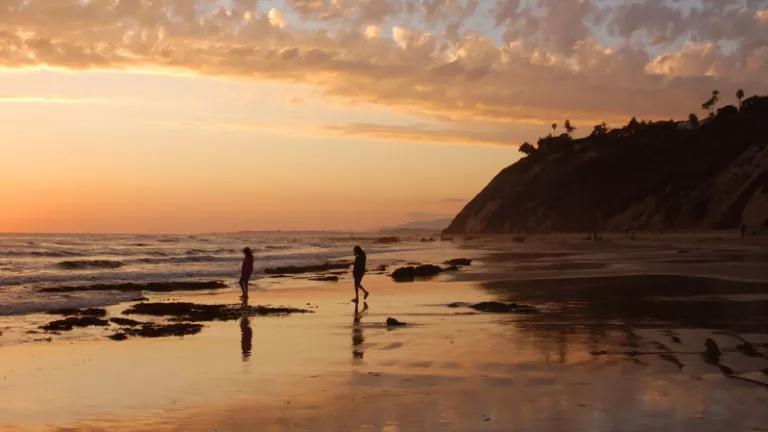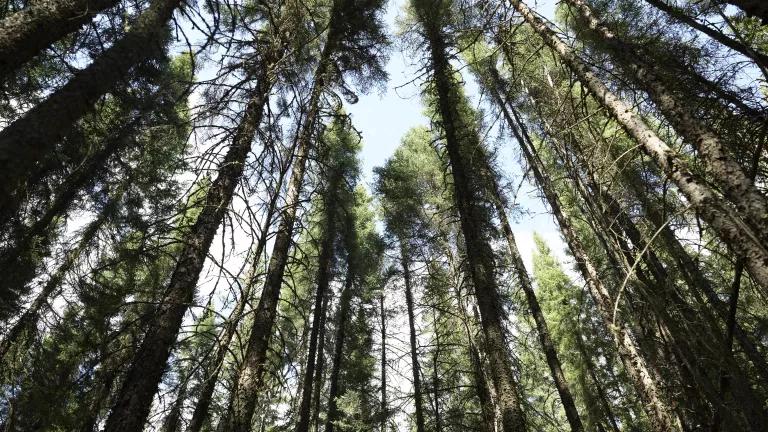The US Needs to Do More to Save the Monarch Butterfly

USFWS
The western US population of monarch butterflies crashed this year. The eastern population experienced a welcome increase, but experts attribute this rebound primarily to favorable weather patterns rather than changed conditions on the ground and warn that continued efforts to reduce pesticide use and increase milkweed and other nectar sources are needed to ensure the eastern population of monarch butterflies continues above the threshold of collapse. Despite the continued concern about the future of the monarch population, the United States is likely to view this year’s news as a success and scale back its efforts to help the beleaguered monarchs. Instead, the US needs to do more—and the international community should hold them to it since the actions of the US threaten the internationally recognized World Heritage Site of Mexico’s Monarch Biosphere Reserve.
Several years ago, in response to the decline of monarch butterflies, NRDC and our partner organizations in Mexico and Canada sent a petition to the United Nations World Heritage Committee requesting that the Monarch Biosphere Reserve be designated as “in danger” due primarily to actions in the US that are contributing to the decline. Since then UNESCO (the international body that oversees World Heritage Sites) has intensified their monitoring of the condition of the monarch butterfly reserve requesting that Mexico submit reports outlining their actions to protect the reserve from various threats. For the most part, Mexico has responded by enumerating the actions they have taken to protect the site from threats within Mexico such as logging and potential mine development.
However, last year UNESCO conducted a site visit to the Monarch Biosphere reserve and determined that “loss of breeding habitat (milkweed host plants) in the United States of America” was a prominent threat to the reserve and the international body encouraged Mexico to continue its cooperation with the US and Canada “to minimize the loss and to restore the range of native milkweed species in the United States of America.” This is welcome news and exactly what our petition was designed to do—to draw international attention to the decline of monarch butterflies and spur action towards their recovery. However, all of the actions from UNESCO thus far have been directed at Mexico as the host of the Monarch Butterfly Biosphere Reserve World Heritage Site, rather than the United States which is responsible for much of the decline of butterflies.
It may be an unusual situation that the actions of one country are causing the threat to another country’s World Heritage Site, but UNESCO should apply its influence on the country that is causing the greatest threat rather than just the country that hosts the site. The international parties that make up the World Heritage Committee will be meeting this Summer to review the status of the sites including the Monarch Butterfly Reserve. They should take this opportunity to draw attention to the actions of the United States and to call directly on the US to step up their efforts to reduce pesticide use and increase pollinator habitat throughout the migratory pathway of the monarch butterfly. The US needs to know that its actions are threatening a site that has universal value to the entire international community.
You can tell the Director of UNESCO to call on the US to take action to protect monarch butterflies here.



